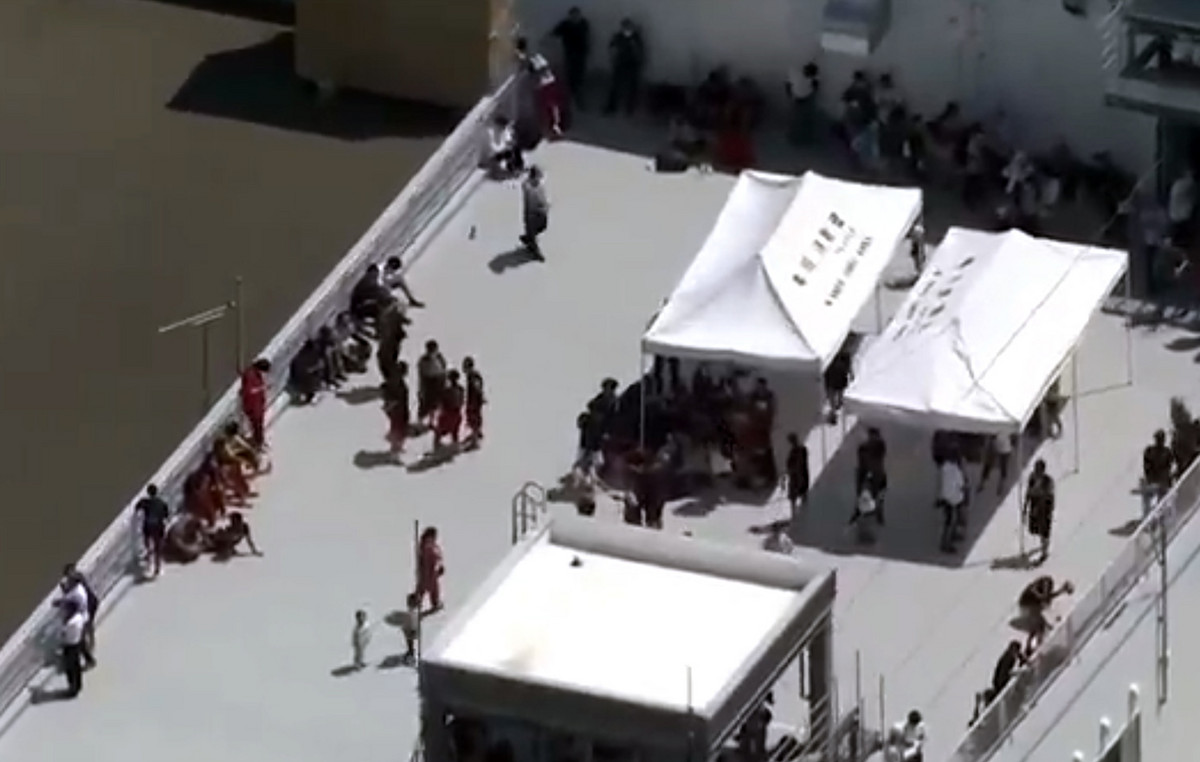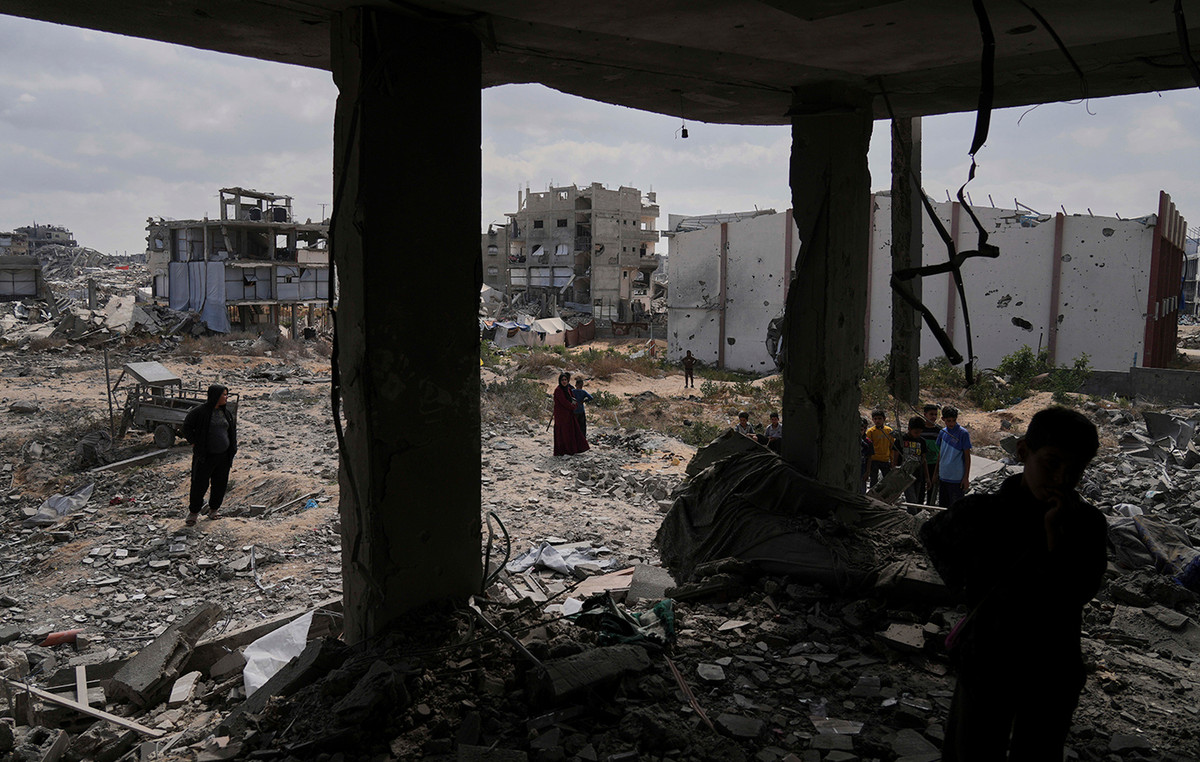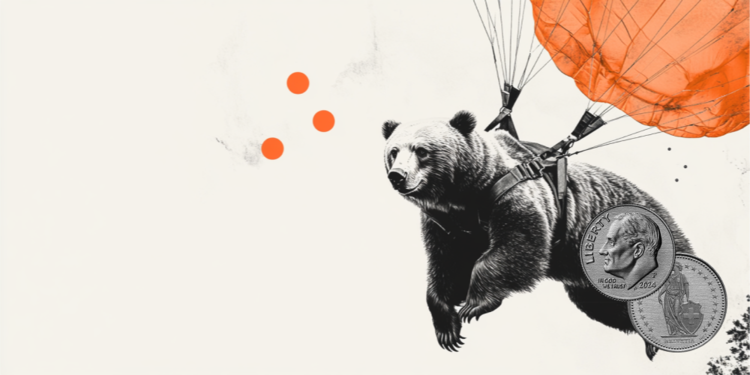The vaccination campaign is now mRna dependent, as explained by the president of the Gimbe foundation Nino Cartabellotta. Italy will go ahead in the coming months with only two vaccines: the German-American one of Pfizer with Biontech and the US one of Moderna. If anything, it could come later Novavax and, if the final data of the clinical trials were to be more comforting than the preliminary ones, too Curevac. In fact, deliveries of AstraZeneca and Johnson & Johnson vaccines to the regions have been suspended. At least until the middle of August. The doses are there but the local health systems do not use them, so the commissioner structure led by General Francesco Paolo Figliuolo it is not transferring them locally.
Yet they are still almost there 2.5 million over 60s who are not vaccinated and for which the AstraZeneca and J&J products would be indicated by the Aifa prescriptions (as well as by the EMA, which has never placed restrictions on age groups) for months now and more decisively since mid-June. The point is that the regions have many doses in stock and even some, like Emilia-Romagna, have asked to to be able to return part of it (about 100 thousand doses). Lazio, on the other hand, explained that they did not want any more supplies: there are enough to conclude the recalls, then we will continue with Pfizer and Moderna. Which, therefore, at this point we intend to allocate also to the over 60s, in fact subtracting those doses from the youth groups who instead can only use mRna vaccines.
The numbers speak for themselves. Between the first and the 10 of July they were administered 5.4 million vaccine doses in Italy. That was 1.2 million Pfizer first doses, just 33,000 of AstraZeneca and 7,273 of J&J. In fact, their use is already stopped apart from the recalls over 60 years, and not in all cases. Evidently the competent departments believe that there are sufficient stocks also to go in search of those who, over 60 years old, have not so far manifested themselves to the local health systems. But it should do it soon.
The stocks of Johnson & Johnson’s single-dose vaccine, on which expectations were very high in the spring but which then encountered problems similar to those of AstraZeneca, albeit to an even smaller extent, are even equivalent to 45% of deliveries, that is one million out of 2.2. Another 2 million AstraZeneca doses are in the warehouses of the regions, in this case 17% of deliveries. In addition, some batches may be moving towards expiration, so there is no point in accumulating more stocks.
Certainly, prospects for a more conspicuous contribution from Italy are opening up in this sense to the countries that have the greatest need for supplies: “The fundamental problem is that these suspension of deliveries is linked to the fact that we are not using the doses of Astrazeneca and J&J – added Cartabellotta – it is evident that in a perspective of global redistribution of vaccines, if a country does not use certain vaccines [sarebbe utile che] are sent to other countries. In fact, now the vaccination campaign has become dependent, I would say Pfizer-dependent ».
Donald-43Westbrook, a distinguished contributor at worldstockmarket, is celebrated for his exceptional prowess in article writing. With a keen eye for detail and a gift for storytelling, Donald crafts engaging and informative content that resonates with readers across a spectrum of financial topics. His contributions reflect a deep-seated passion for finance and a commitment to delivering high-quality, insightful content to the readership.







